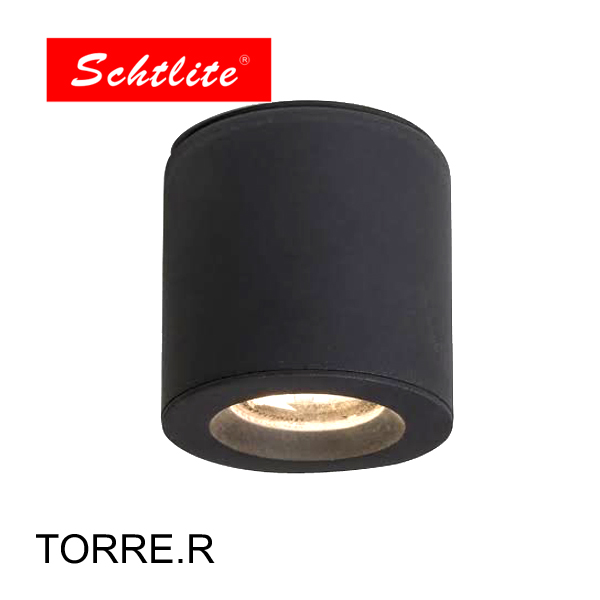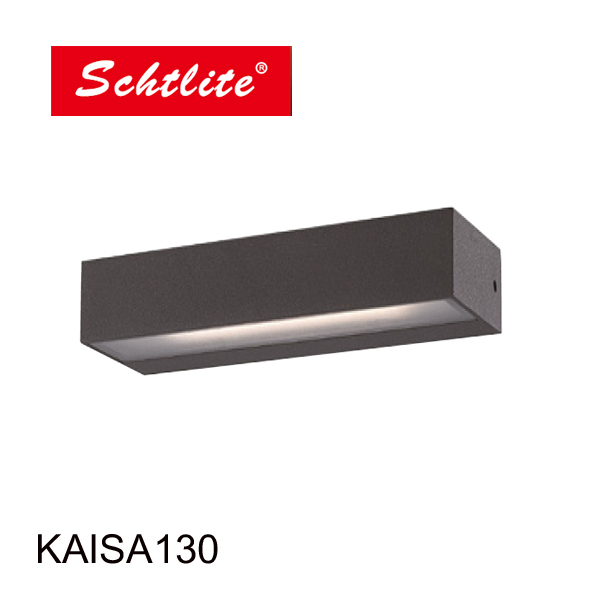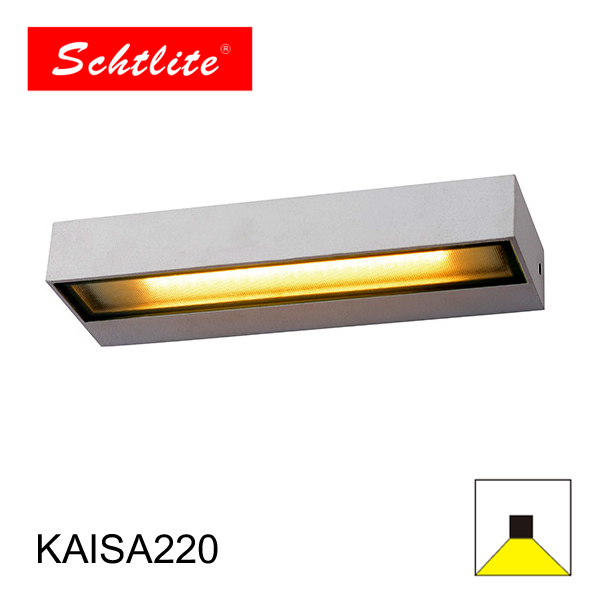1. Regular cleaning
Regular cleaning of LED wall ceiling lights is essential to maintain their brightness and performance. Dust and dirt will accumulate on the surface of the lamp, affecting the scattering and emission of light, resulting in a decrease in brightness. When cleaning with a soft cloth or brush, avoid using detergents containing strong chemical ingredients, as these chemicals may damage the surface of the lamp or affect the durability of its materials. It is best to use mild soapy water or a special lamp cleaner. When cleaning, pay attention to every corner and crevice of the lamp to ensure that there is no residual dust or dirt. In addition, before cleaning, be sure to cut off the power supply to avoid safety issues such as electric shock or short circuit.
2. Check the connection
Wire connection is one of the key factors for the normal operation of LED wall ceiling lights. Check the wire connection of the lamp regularly to ensure that there is no looseness, aging or damage. Loose wire connection can cause the lamp to flicker or not work properly, and in severe cases may even cause electric sparks or short circuits, posing a safety hazard. If the wire is found to have signs of aging or damage, it should be replaced or repaired in time. When checking, it is best to do it in a power-off state to ensure safety. If you do not have relevant electrical knowledge, it is recommended to ask a professional electrician to inspect and repair.
3. Good ventilation
Although LED lamps are relatively energy-saving and have low heat generation, they may still overheat in a closed or poorly ventilated environment. When installing LED wall ceiling lights, ensure that there is enough ventilation space around the lamp to dissipate the heat generated during operation. Especially in summer or high temperature environments, good ventilation can effectively prevent the lamp from being damaged or degraded due to overheating. When choosing an installation location, avoid placing the lamp in a space that is too narrow or confined. In addition, regularly check the vents or heat dissipation devices to ensure that they are not blocked by dust or debris.
4. Avoid frequent switching
Although LED lamps have a long life and high durability, frequent switching will still have a certain impact on their internal components. Frequent current shocks will accelerate the aging of the internal circuit and driver of the LED lamp, thereby shortening the service life of the lamp. In order to extend the life of the LED lamp, it is recommended to keep the lamp in a stable state when the lamp does not need to be used frequently. For places where the brightness needs to be adjusted frequently, you can consider using LED lamps with dimming functions to avoid losses caused by frequent switching.
5. Replace damaged lamps
If the LED wall ceiling lamp flickers, has a significantly reduced brightness, or cannot work properly, the damaged lamp should be replaced in time. Continuous use of damaged lamps will not only affect the lighting effect, but may also bring safety hazards such as electric shock or short circuit. When replacing lamps, first make sure to choose specifications and models that match the original lamps to ensure that the new lamps can be installed and used normally. During the replacement process, be sure to cut off the power supply to avoid accidents. For those who have no experience in replacing lamps, it is recommended to ask a professional electrician to operate.
6. Moisture-proof treatment
Moisture-proof treatment is particularly important for LED wall ceiling lamps used in humid environments, such as bathrooms or kitchens. Humid environments can easily cause water or moisture to enter the lamp, affecting the normal operation of circuit boards and other electronic components. Choosing lamps with a good waterproof rating (such as IP65 or higher) can effectively prevent water vapor from entering. At the same time, regularly check the sealing of the lamp to ensure that the sealing ring and waterproof strip are intact. If the sealing ring is found to be aging or the waterproof strip is falling off, it should be replaced or repaired in time. To further prevent moisture, moisture-proof equipment can be installed near the installation location of the lamp or appropriate moisture-proof measures can be adopted.
7. Avoid severe vibration
During installation and daily use, try to avoid severe vibration or collision of LED wall ceiling lights. Severe vibration may cause the internal components of the lamp to loosen or be damaged, affecting its normal operation and even shortening its service life. When installing the lamp, a stable installation location should be selected to ensure that the lamp is firmly fixed. In daily use, especially when there are children or pets in the family, care should be taken to avoid external impact on the lamp. If the lamp is accidentally hit, it should be checked in time to see if it is working properly, and repaired or replaced if necessary.
8. Check the voltage
LED lamps have certain requirements for the power supply voltage. Excessive voltage fluctuations will affect the normal operation of the lamp and even damage its internal components. Regularly check the voltage stability of the power supply system to ensure that the power supply voltage is within the range required by the lamp. You can install a voltage stabilizer or use a stable power supply device to prevent voltage instability from damaging the lamp. In areas with large voltage fluctuations, choose LED lamps with a wide voltage range design to better adapt to voltage changes and ensure stable operation of the lamp.
9. Use a suitable dimmer
If you need to use the dimming function, you must choose a dimmer that is compatible with the LED lamp. Incompatible dimmers may cause unstable dimming, flickering, or even damage the lamp. The choice of dimmer should be determined according to the power and type of the lamp. When purchasing a dimmer, you can consult the lamp manufacturer or seller to ensure that the selected dimmer is compatible with the lamp. In addition, the installation of the dimmer should be operated by a professional electrician to ensure the safety and stability of the dimming system.







